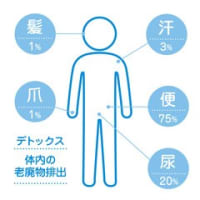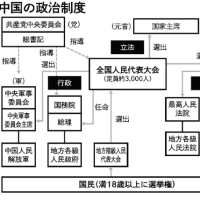Landsat 3 Spacecraft Facts
Landsat 3 宇宙船の事実
- Manufactured by General Electric (GE) Astrospace
- ゼネラル エレクトリック (GE) アストロスペース製
- Weight: approximately 953 kg (2,100 lbs)
- Overall height: 3 m (10 ft)
- Diameter: 1.5 m (5 ft)
- Solar array paddles extend out to a total of 4 m (13 ft)
- 3-axis stabilized using 4 wheels to +/-0.7° attitude control
- 4 つの車輪を使用して +/-0.7° の姿勢制御に安定化された 3 軸
- Twin solar array paddles (single-axis articulation)
- S-Band and Very High Frequency (VHF) communications
- Hydrazine propulsion system with 3 thrusters
Landsat 1 (formerly ERTS 1, Earth Resources Technological Satellite) was a modified version of the Nimbus 4 meteorological satellite.
The near-polar orbiting spacecraft served as a stabilized, earth-oriented platform for obtaining information on agricultural and forestry resources, geology and mineral resources, hydrology and water resources, geography, cartography, environmental pollution, oceanography and marine resources, and meteorological phenomena.
To accomplish these objectives, the spacecraft was equipped with:
Landsat 1 (formerly ERTS 1, Earth Resources Technological Satellite) was a modified version of the Nimbus 4 meteorological satellite.
The near-polar orbiting spacecraft served as a stabilized, earth-oriented platform for obtaining information on agricultural and forestry resources, geology and mineral resources, hydrology and water resources, geography, cartography, environmental pollution, oceanography and marine resources, and meteorological phenomena.
To accomplish these objectives, the spacecraft was equipped with:
- a three-camera return beam vidicon (RBV) to obtain visible and near IR photographic images of the earth,
- a four-channel multispectral scanner (MSS) to obtain radiometric images of the earth, and
- a data collection system (DCS) to collect information from remote, individually equipped ground stations and to relay the data to central acquisition stations.
Landsat 3 was operated by NOAA after being launched by NASA.
The satellite brought improved technology into space for remote observation researchers
The original Landsat program anticipated two satellites, but with the wide variety of applications for the invaluable data the principal scientists for the program sought to send a third satellite into Earth’s orbit.
As early as 1972, six years before launch, NASA Goddard researchers began brainstorming ideas for improving the technology on the Landsat spacecraft.
As a result, Landsat 3 was a modified version of the first two orbiters.
Landsat 3’s Return Beam Vidicon (RBV) sensor had an improved spatial resolution of 40 meters, compared to 80 meters for Landsat 1 and 2. In addition, the Landsat 3 Multispectral Scanner System (MSS) sensor was modified to include a thermal infrared band, although the thermal band failed shortly after launch.




















※コメント投稿者のブログIDはブログ作成者のみに通知されます